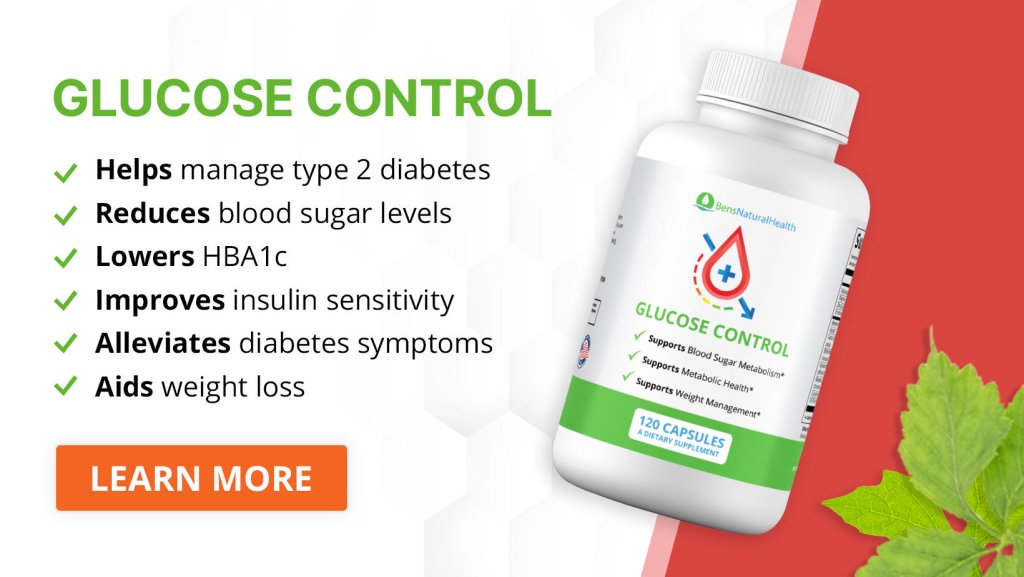If you’re a diabetic, you may wonder whether cheese is good for you.
After all, how many carbs are in cheese? And does cheese raise your blood sugar levels if you have diabetes?
The good news is that cheese can be suitable for someone with diabetes, but there are some things you may wish to consider before adding it to your diet.
In this article, we discuss the glycemic index of cheese, its nutritional profile, what type of cheese is best to eat for diabetics, and how to include it in your diabetes diet.
Can You Eat Cheese If You Have Diabetes?
Yes, people with diabetes can eat cheese. It can be part of a healthy and varied diet that can promote stable blood sugar levels. However, just like any other food, moderation is key.

The Glycemic Index of Cheese
The glycemic index (GI) is a score from 0 to 100 that determines the impact of a certain food on blood sugar levels. The higher the glycemic index, the higher the impact on sugar levels.
One of the benefits of cheese for diabetics is that it has a low glycemic index since it has little to no carbs. Cheese may provide 0-3 grams of carbs per ounce.
Most cheeses have a glycemic index of 0
However, processed cheese is another story. Processed cheese may have a higher amount of carbs, making it a food with a greater glycemic index.
While processed cheese is still considered moderate on the GI scale (50-55), you still need to be careful if you are counting carbs.
The Nutritional Profile of Cheese
The impact of cheese on your blood sugar levels depends on what type of cheese you eat. You want to opt for those that have a lower carb content to prevent it from spiking your blood sugar levels.
Here is a comparison table analyzing the nutritional information per ounce of the best type of cheese for people with diabetes:
| Cheese | Calories | Carbs (g) | Protein (g) | Fats (g) | Saturated fats (g) |
| Mozzarella | 85 | 0.7 | 6.3 | 6.3 | 3.9 |
| Feta | 75 | 1.1 | 4.0 | 6.1 | 3.8 |
| Cottage | 20 | 0.8 | 3.5 | 0.3 | 0.2 |
| Cheddar | 115 | 0.6 | 6.8 | 9.5 | 5.4 |
| Goat | 103 | 0.0 | 6.1 | 8.4 | 5.8 |
Besides being a good source of protein, most cheeses contain essential vitamins and minerals, such as vitamins A, B12, D, calcium, phosphorus, and potassium.
However, keep in mind that cheese can also be a source of saturated fats and sodium, which can cause a strain on your health if you eat them in large quantities.
Benefits Of Eating Cheese As A Diabetic
Here are some potential benefits of cheese for people with diabetes:
Keeps glucose levels steady
Cheese is high in protein and low/high in fat (depending on the cheese). Since these two macros take longer to digest, they can help steady blood sugar levels when paired with a high-carb food.
High in protein
Generally speaking, cheese is high in protein, which can provide several health benefits. It can help support muscle mass, slightly boost the metabolism, and increase fullness levels. These are all essential traits if you are looking to lose weight or maintain it.
Potential Risks To Consider When Adding Cheese To Your Diabetes Diet
Here are some possible risks of eating cheese in large amounts with diabetes.
High in calories
Cheeses that are high in fats tend to be high in calories. While eating them once in a while is not bad, not being careful about how many calories you consume can increase the risk of weight gain.
This can eventually increase insulin resistance and make controlling your blood sugar levels more difficult.
High in saturated fats
According to the American Diabetes Association, you should strive to consume less than 10% of your calories from saturated fat.
Since cheese is high in saturated fats, it can increase the risk of overconsuming saturated fats, potentially increasing the risk of heart disease.
High in sodium
Since cheese is a processed food, some are relatively high in sodium. Eating too much sodium can increase the risk of high blood pressure.
Allergies and intolerances
Not everyone can tolerate dairy since some people are lactose intolerant or are allergic to it.
Get 10% Off Our Products!
- Sign up for our newsletter
- Get Your FREE Diabetes Diet Plan
- Be the first to hear about sales and promotions
- Stay up to date on our latest health news
How To Include Cheese In Your Diabetes Diet
Here are some of my favorite tips to help you include cheese in your diabetes diet:
- Eat it in moderation. Like anything, moderation is key when it comes to cheese. Adding too much can increase your calories if you are not careful, leading to weight gain.
- Opt for a low-sodium cheese. Pick cheeses that have 200-300 mg of sodium per serving.
- Add a low or moderate-fat cheese. While a high-fat cheese is not a bad option once in a while, you don’t want to overdo it with saturated fats. I typically recommend that the grams of protein should not be the same as the grams of fat. So, if a cheese has 6 grams of protein per serving, it should have less than 6 grams of fat.
- Pair it with a high-carb food. If you want to include a high-carb food, protein can act as a buffer to prevent your glucose levels from spiking too much. So, if you want some fruit or crackers, pair it with a slice of cheese.
- Avoid highly processed cheeses. Options like American cheese or spread cheese can have a high carb content, so it’s best to avoid them.
FAQs
No, cheese tends to be relatively low in sugar. On average, cheese may have 0-3 grams of carbs per serving. However, the sugar content may be higher the more processed the cheese is since it can have additives and thickeners.
No, cheese can help you control your blood sugar levels since it is high in fats and proteins.
No, most cheeses are low in carbs. They roughly have 0 to 3 grams of carbs. However, processed cheeses can have as much as 5-10 grams of carbs per serving. So, choose wisely to avoid spiking your sugar levels.
Conclusion
- Cheese can be a delicious healthy snack for someone who has diabetes. Since it is low in carbs and high in protein and fats, it is one of the best options to help promote stable sugar levels.
- However, search for a cheese that is not very high in fats (to avoid too many saturated fats), low in sodium, and hopefully stay away from highly processed options since they can be higher in carbs.
Explore More








